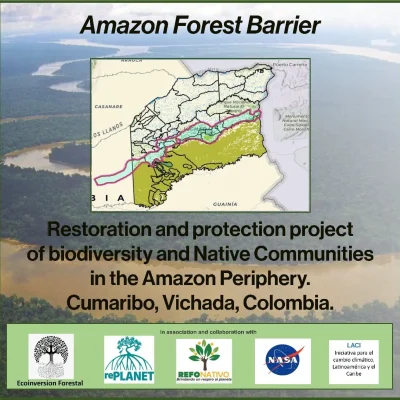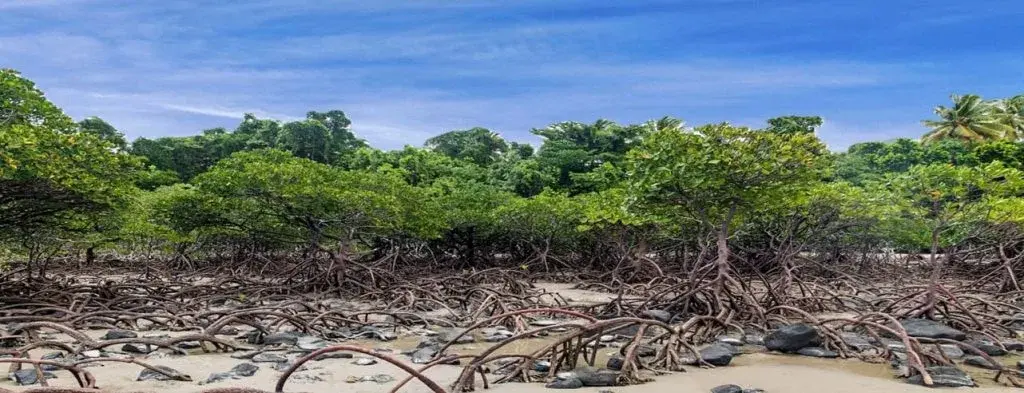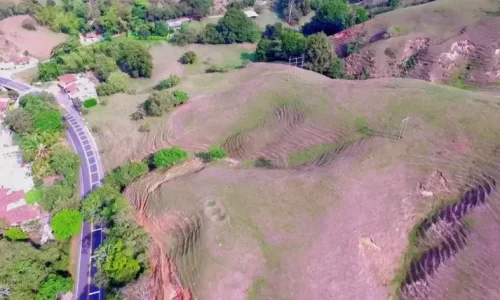Restoring Ecosystems and Transforming Lives in Colombia

Santa Teresita del Tuparro Reservation (Vichada)
The project in Cumaribo, Colombia, aims to replace the agricultural practices of the indigenous community of Santa Teresita del Tuparro, who currently use the slash-and-burn method for cultivation, which rapidly degrades the soil and reduces the available forest area. The proposal is to establish permanent agricultural plots in the savanna, which would stop deforestation, allow forest recovery, and increase carbon capture. Additionally, the plan includes reforesting areas adjacent to the forests to expand their size and restore degraded zones. This initiative will generate employment for the local community and enable the reinvestment of benefits obtained from the generation of carbon and biodiversity credits into the life plan designed by the Santa Teresita del Tuparro community.
Pacific mangroves


Challenges Facing Mangroves on Colombia’s Pacific Coast
The mangroves of Colombia’s Pacific coast are among the country’s most biodiverse and productive ecosystems, playing a vital role in the lives of coastal communities. However, they are under increasing threat due to several human-induced pressures:
Illegal logging
Expansion of illicit crops and shrimp farms
Agricultural frontier growth
Pollution from solid waste and untreated wastewater
Impacts of climate change and rising sea levels
These pressures have significantly reduced the mangroves’ coverage and ecological functionality, hindering their natural regeneration.
The loss of these ecosystems threatens critical services such as:
Coastal protection against storms and erosion
Carbon capture to mitigate climate change
Livelihoods for local fishing communities
Conservation of unique plant and animal species
Productive Restoration of Degraded Lands in the Valle del Cauca

Extensive cattle ranching has caused severe degradation of hillside lands in municipalities such as Sevilla, Zarzal, Buga la Grande, and Andalucía, located in Colombia’s central mountain range. The loss of vegetation cover and soil fertility has drastically reduced the productivity and economic value of these areas.
In response to this issue, the Amazon Forest Barrier, in partnership with rePLANET, is leading a restoration and conservation program across 30% of these properties, generating carbon and biodiversity credits as a source of sustainable income. These resources fund productive projects on the remaining 70%, where commercial forest plantations will be established to restore soil health, strengthen biodiversity, create jobs, and increase CO₂ capture.
Thanks to the technological platform Ecoinv.bio, these assets can be efficiently monetized, offering liquidity and profitability to both landowners and investors.